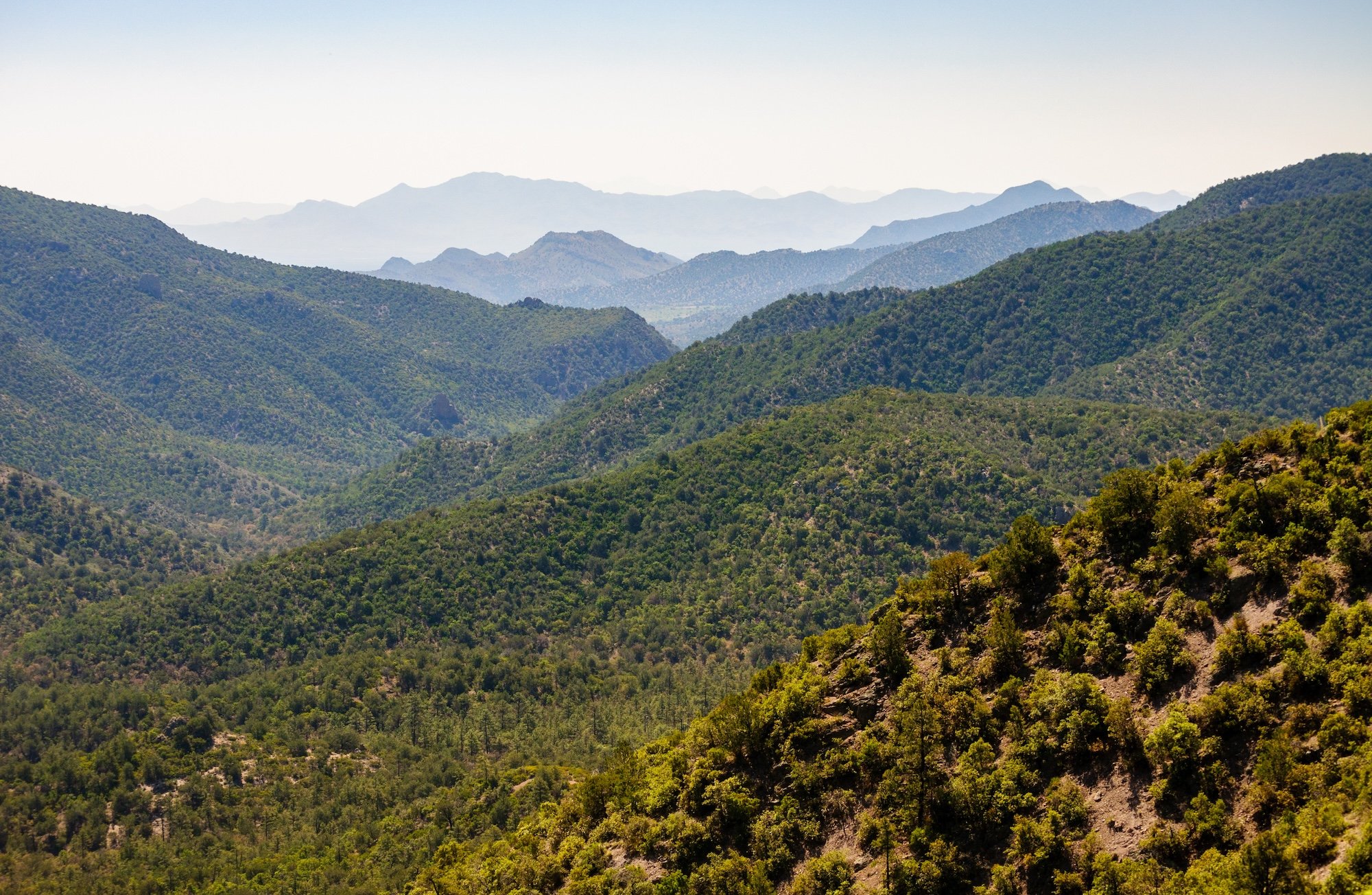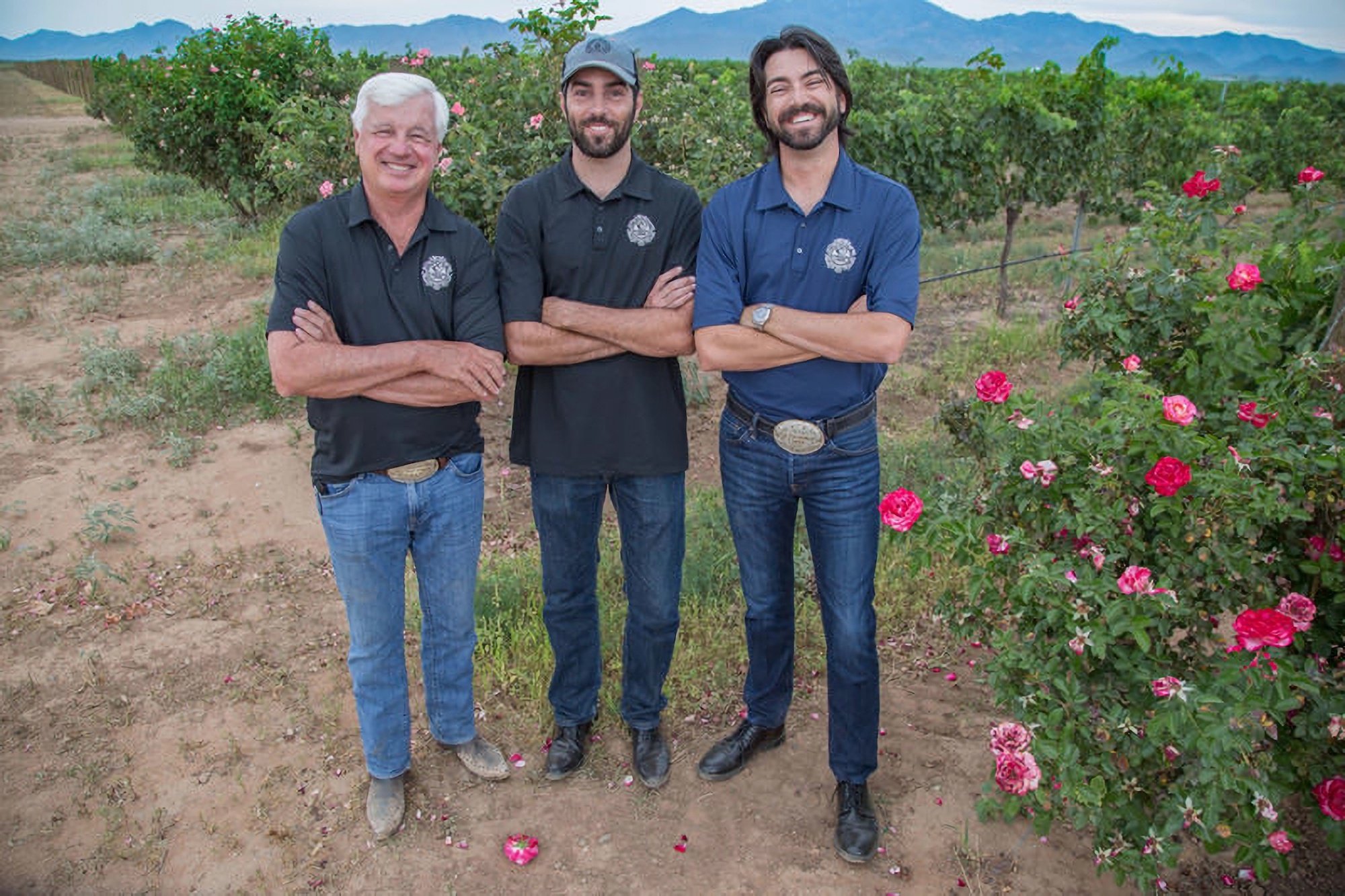How Willcox AVA Became the Largest Wine Region in Southeastern Arizona
The Chiricahua Mountains help create the Willcox AVA basin
The Willcox American Viticultural Area (AVA) is Arizona’s largest wine region, and the most prolific, boasting more than two-thirds of all the vines planted, and 74% of the entire state’s grape production, according to the Arizona Wine Growers Association. With more than 20 wineries producing award-winning bottles, this southeastern wine region is a far cry from the wild, wild west of winemaking many think it is.
Defining the Willcox AVA
Elizabeth Krecker, a private sommelier, and journalist based in Arizona, helped me untangle the complexities of how the AVA was formed.
“Originally, all the wines from this region were simply labeled as ‘Cochise County’,” she explains. “In 2015 the region’s growers, led by vigneron John McLoughlin of Cellar 433, submitted two applications for AVAs, one each for Willcox and the Chiricahua Foothills.” Although the much, much smaller Chiricahua Foothills only had a handful of growers, they insisted on having their own separate designation.
In 2016, the Willcox AVA application was approved. The Chiricahua Foothills application, however, was declined. As all of McLoughlin’s vineyards resided within the accepted Willcox AVA, he lost interest in further helping with the Chiricahua Foothills efforts to gain certification, a pursuit that would ultimately be abandoned, even by those growers within the proposed AVA area.
“Sadly, one of the most energetic growers in the area passed away a couple of years later and the energy behind their application vanished,” Krecker says. Not all hope may be lost, however. “I’ve heard there seems to finally be energy around resubmitting the application, but it hasn’t surfaced in the form of an announcement yet.”
The Willcox region is Arizona’s second recognized AVA, behind the more familiar Sonoita AVA. It spreads out over 833 square miles - more than a half-million acres - covering parts of southern Graham County and northern Cochise County along Sulphur Springs Valley. Of all the land, 70% is privately owned. State and federal agencies manage everything else.
The area features generally flat land with an elevation averaging between 4,000 and 4,750 feet. Geological changes over time have resulted in the AVA resting in a shallow basin surrounded by the Chiricahua Mountains and Dos Cabezas Mountains to the east, the Pinaleño Mountains to the northeast, and the Dragoon Mountains to the west.
The Fight for Water
“There is a freight ship-sized boatload of controversy around water in the Willcox AVA,” Krecker shared. “Large companies have moved from the midwest into Willcox to plant cattle farms, alfalfa farms, and tree farms. They are now sucking huge, HUGE quantities of water out of the aquifer that feeds all of the vineyards, small farms, and residents in the area.” This sapping of critical resources is a source of anxiety for those affected. “Residents are running out of water and small farmers are shaking in their boots.”
The Willcox AVA gets much of its annual rainfall during the monsoon season in July and August. In total, the region sees approximately 14” of precipitation per year. Krecker marvels at the ebbs and flows of water availability. “Occasionally the basin fills up with rainwater, creating an absolutely enormous lake!” It’s a sight to behold, albeit one that is short-lived. “Over the course of just a few days, the lake sinks below the surface and fills the closed aquifer beneath the ground, giving ready water access to the local vineyards and small farms,” she explains.
Climate and Soil
The basin’s higher altitude also affects the average growing season temperature, which is considered to be from April 1st to October 31st, ranging between 66°F and 70°F. These high desert conditions provide welcome diurnal temperature shifts, especially during the summer when the temperature can drop by as much as 50 degrees overnight.
The soils of the Willcox AVA are mostly sand and gravel, although the southern boundary of the region also features sandstone, granite, and dacite. This soil composition influences several critical factors in growing grapes here, especially water storage and drainage. More sand and gravel means easier drainage, typically resulting in grapes that ripen earlier than those planted in other soil compositions.
Heat absorption is also affected by the soil’s rock composition, directly influencing root, canopy, and fruit development. The Willcox AVA’s soil composition allows enough water retention to sustain vine growth but has enough rock content to allow water to seep into the aquifer, helping keep it filled.
The Grapes of the Willcox AVA
Sangiovese vines
The conditions for growing wine grapes in Arizona generally favor big, bold red wines. As for the specific varieties grown? Krecker issues a warning. “You may have to be sitting for this answer. More than 80 varieties are grown,” she exclaims. “I actually did an academic study of this when I was in wine college, where I came up with the number 83. I’m pretty darned sure quite a few more have been added since.”
The region’s variable climate supports such a big number of varieties such as sangiovese, syrah, and grenache. “While these all thrive consistently, each year a different grape will rise to the top,” Krecker notes.
Many of the region’s wines are blended, mimicking the warm wine regions of Europe. “Say, a sangiovese for the savory flavor with barbera for higher acidity,’ she suggests. Blending is also a strategy for mitigating undesirable characteristics in any given crop. “Let’s say grenache is the rock star of 2020, but in 2021 it’s way too alcoholic to stand on its own. Nope, in 2021 a different grape, say petite sirah, will be the rock star.”
Although the majority of grapes grown in the AVA are red, there are a small number of white varieties that succeed here, notably malvasia bianca, which makes a lushly floral wine. While most often made as a single-variety wine, it is occasionally blended with syrah or viognier.
Visiting the Willcox AVA
Today, Arizona’s wine industry generates more than $45 million in revenue, and the Willcox AVA is still the leader in total vines planted and wine produced. Wine tourism continues to grow, offering visitors the chance to taste the region’s wines in 10 different tasting rooms open to the public, and another eight available by appointment only.
Picking a favorite winery to visit in Willcox is nearly impossible for Krecker. “I actually have about a dozen wineries I could rattle off as my favorites!” Pushing for more specifics, she relinquished three suggestions she feels are great representatives for the region.
Pillsbury Wine Company
Pillsbury Wine tasting photo credit Pillsbury Wine Co
Owned by New Zealander Sam Pillsbury and his wife, Pillsbury Wine Company boasts a bit of Hollywood star power. Sam is a movie director best known for the “Free Willy” series. While he and his wife still work in the movie business, most of their time is focused on his Willcox AVA operation. “You’ll love this guy!” Krecker beams.
In the early 2000s, Pillsbury began the search for vineyard property. He quickly realized California wasn’t the place, but Arizona looked very, very promising. “When he started hunting for property he stumbled onto the Willcox region and put his money down instantly.” Although his wines are mostly sold in the northern Verde Valley, he grows his grapes and makes wine in Willcox.
Their award-winning red wine selection includes shiraz, mourvèdre, grenache, and petite sirah. White wine made from viognier and chardonnay is also offered. They operate two tasting rooms, one locally in Cottonwood, and the other in Cottonwood, located in the northern Verde Valley.
Carlson Creek Vineyards
Carlson Creek Bob, Robert and John Carlson
Brothers John, Bob, and Robert Carlson founded Carlson Creek Vineyards in 2008 as a way to create a multi-generational family business producing quality wines. The idea came from the older son Robert, a stockbroker who wanted a different life. Leaving behind the corporate world, he rallied his father Bob, and younger sibling John to pursue his vision.
Today, Carlson Creek Vineyards is one of the largest growers in the entire state. Their 320-acre vineyard sits at 4,200 feet above sea level and enjoys a climate that resembles that found in Argentina, Chile, and the Rhône Valley in France. Taking advantage of that climate, they produce “Rhône-style varieties with a South American flair”, including chardonnay, muscat, syrah, mourvèdre, and malbec, among others.
Frank Elliott Pierce of Bodega Pierce
Bodega Pierce
A chance discovery by Michael and Dan Pierce changed their lives and led to Bodega Pierce. Dan’s fascination with brewing beer at home led to the revelation that Michael was indeed a supertaster. Possessing such an advantageous talent, especially for winemaking, they decided to take the plunge. After studying winemaking at UC Davis and Washington State University, they gained experience working in vineyards in New Zealand, Tasmania, Oregon, and Washington.
Michael then became the director of the enology and viticulture program at Yavapai College in Verde Valley. Dan purchased land in Willcox and planted 18 varieties that are still produced today, including cabernet sauvignon, sangiovese, malvasia bianca, and graciano. They have two tasting rooms, located in Willcox and Clarkdale.





